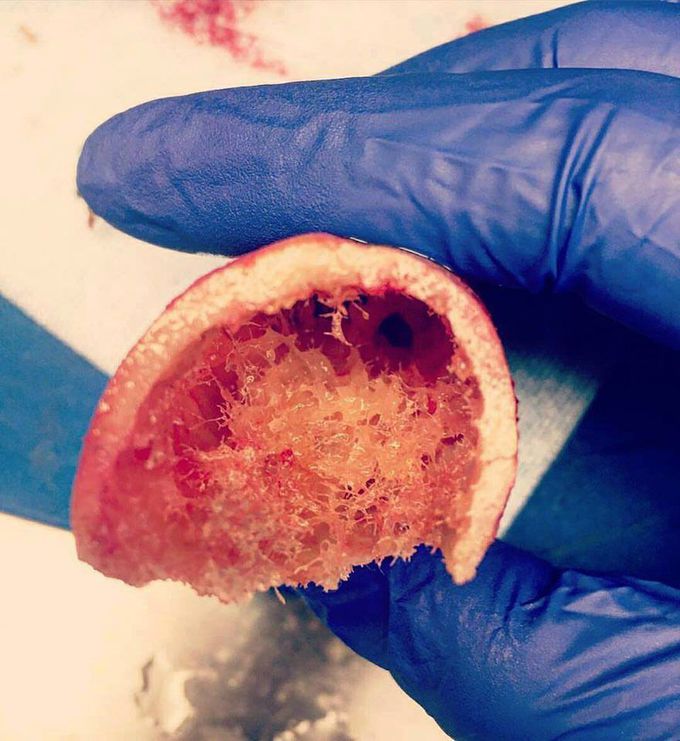


Inside your bone - cortex and medulla!!
Bone forms an important component of our skeleton. Because of its rigidity and hardness, it provides the strength and form necessary to keep human body in its shape, and protects the delicate organs vital for life, for example the skull protects the brain and the ribcage protects heart and lungs. There are two types of bone tissue: compact (cortical) and spongy (medullary). The names imply that the two types differ in density, or how tightly the tissue is packed together. Cortical bone contains haversian systems (osteons), which are packed tightly together to form what appears to be a solid mass. They contain a central Haversian canal surrounded by osseous tissue in a concentric lamellar pattern. Osteonic canals contain blood vessels that are parallel to the long axis of the bone. These blood vessels interconnect, by way of perforating canals, with vessels on the surface of the bone. The outermost layer (between the outer surface of the bone and soft tissue) is periosteum and the innermost layer (between compact bone and the medullary space containing spongiosa) is endosteum. The thickness of the cortex is from subperiosteal deposition of bone. In children, the periosteal layer loosely adheres to the cortex. The periosteum becomes thicker, vascular, and active with age and increased activity. Spongy (cancellous) bone is lighter and less dense than compact bone. Spongy bone consists of plates (trabeculae) and bars of bone adjacent to small, irregular cavities that contain red bone marrow. The canaliculi connect to the adjacent cavities, instead of a central haversian canal, to receive their blood supply. It may appear that the trabeculae are arranged in a haphazard manner, but they are organized to provide maximum strength similar to braces that are used to support a building. The trabeculae of spongy bone follow the lines of stress and can realign if the direction of stress changes.
Hemodynamic stimuli&nonhemodynamic stimuliEffects of sugar on teeth

